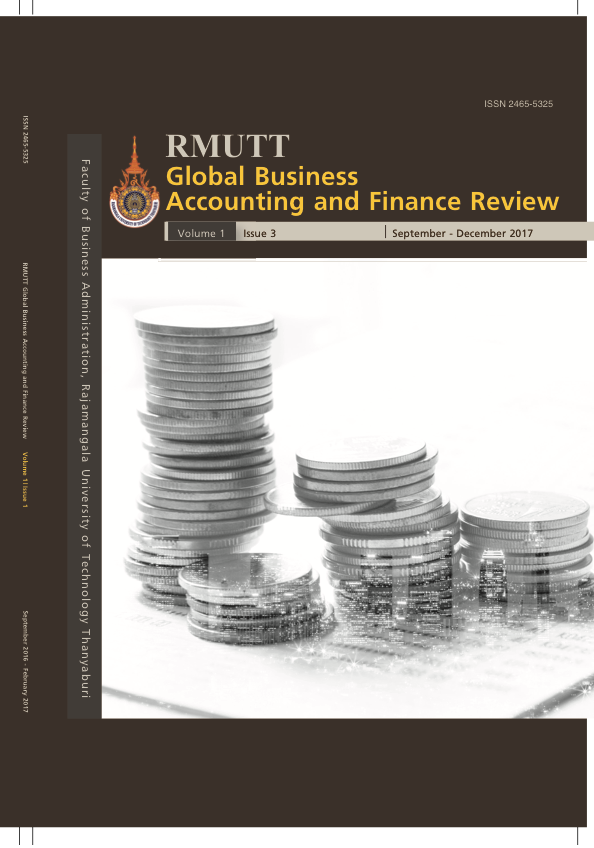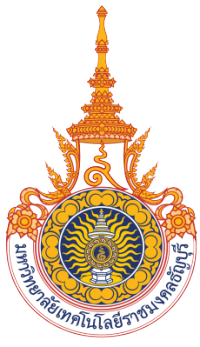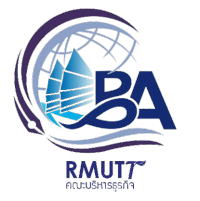Conflict Management between Academic Staff in the Universities
คำสำคัญ:
Conflict Management, Academic Staff, Courses of Disputesบทคัดย่อ
The objectives of this research were (1) to study the causes of conflicts arising from academic staff in the universities and (2) to find an approach to handle conflicts arising from academic staff in the universities. The methodology used in this research was a mixed-method where both quantitative and qualitative analyses have been employed. The research found the main causes of disputes which were: 1) Communication problem – the most common cause of conflicts happened due to misunderstanding the meaning of information as well as incorrectly sending and receiving information and inaccurately receiving the same set of information; 2) Organizational structure problem – this problem arose because of unclear division of authority, unjust distribution of workload, and repetition of work; and 3) Interpersonal relationship problem – the conflicts occurred because of different ideology, work ethics, and expertise.
The results from the structural equation model showed that the structure of organization (x = 0.71) played a key role in causing conflicts among academic staff. The model also revealed that working together (
x = 0.72) was the most effective way to prevent conflicts, and compromising (
x = 0.61) was the best mean to resolve disputes. Furthermore, the results from the qualitative analysis revealed similar findings both in public and private universities that the instructors usually abide by their superiors’ order. If conflicts arise, both instructors and superiors tend to negotiate in order to find a common ground and fine tune their opinions. In addition, if conflicts arise among instructors, they try to resolve such disputes by talking with each other in a friendly manner to clarify any misunderstanding.
เอกสารอ้างอิง
Azar, E. (1990). The management of protracted social conflicts: Theory and cases. UK: Dartmouth
Chantavanich, S. (2010). Qualitative research methods (17th ed.). Bangkok: Chulalongkorn University Press.
Daniel, D. (2001). Conflict resolution. Sydney: McGraw-Hill.
Duke, J. T. (1976). Conflict and power in social life. Provo Utah: Brigham Young University Press.
Gross, M. A., & Guerrero, L. K. (2000). Managing conflict appropriately and effectively: An application of the competence mdoel to rahim's organizational conflict styles. International Journal of Conflict Management, 11(3), 200-226. Retrieved from https://search.proquest.com/docview/199036514?accountid=32078
Kerdnawee, T. (2006). Conflict management of executives of public educational institution in Educational Service Area Office. Master’s thesis, Faculty of Education, Suan Sunandha Rajabhat University.
Kom Chad Luek. (2016). Predicting that the cause of dr. shot two dr. was from qualification examination. (18 May 2016). Retrieved from http://www.komchadluek.net/news/crime/227904
Manager Online. (2012). Conflicts in the university (16 June 2012). Retrieved from http://www.manager.co.th/AstvWeekend/ViewNews.aspx?NewsID=9550000073768
Nopparak, S. (2010). Conflict management. Retrieved on 8 July 2016, from https://www.gotoknow.org/posts/26251.
Office of the Higher Education Commission. (2016). Number of instructors in universities in academic year 2016, second semester. Retrieved on 8 August 2017, from http://www.info.mua.go.th/information/show_all_statdata_table.php?data_show=4
Pneuman, R. W., & Bruehl, M. E. (1982). Managing conflicts: A complete process–centered handbook. Englewood Cliffs, NJ: Prentice Hall.Publishing Company.
Pukapan, P. (1999). Conflict management. Bangkok: Med Sai Printing.
Rahim, M.A. & Bonoma, T.V. (1979). Managing organizational conflict: A model for diagnosis and intervention, Psychological Reports, 44, 36-48.
Rahim, M.A. (1985). A strategy for managing conflict in complex organizations. Human Relations, 38, 81-89.
Rahim, M.A. (1986). Managing Conflict in Organizations. New York: Preager.
Saengnimnuan. S. (2001). Leader personalities. Bangkok: Book Bank Publisher.
Sangmanee, W. (2001). Organization and organizing (3rd ed.). Bangkok: Rabeang Thong Printing.
Taweerat, P. (2000). Research methods in behavioral science and social sciences (7th ed.). Bangkok: Srinakharinwirot University.
Tiyao, S. (2001). Principles of management (2nd ed.). Bangkok: Thammasat Printing House.
Wisalaporn, S. (1997). Conflict: Management for creativity (2nd ed.). Bangkok: Love & Lift Press.









